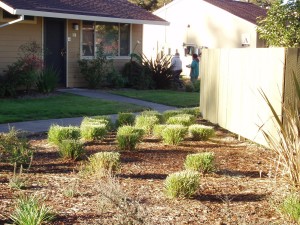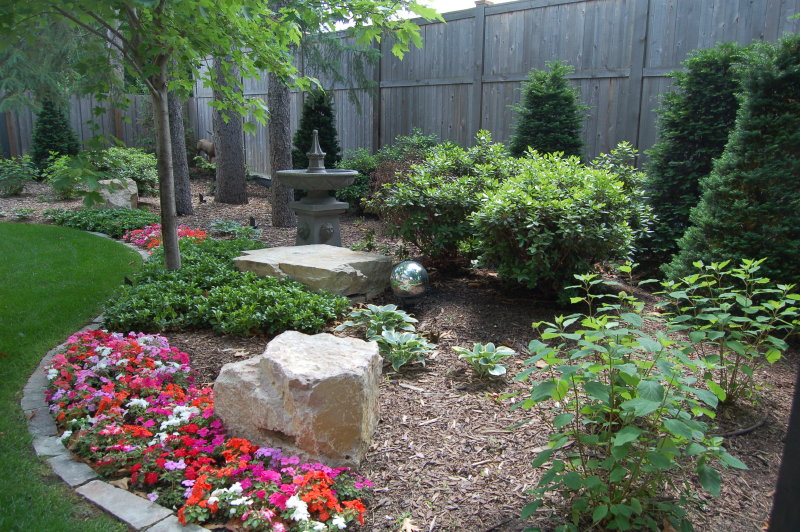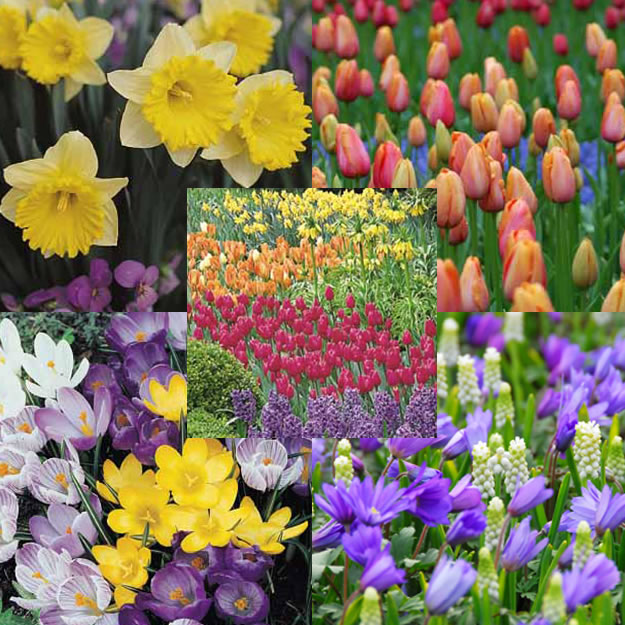Posts Tagged low-maintenance
Go Native, Save Water: Xeriscape Gardening
 The information age has brought with it a flood a varying techniques in the fields of landscaping, gardening and ecological design. In keeping with the sustainable nature of the best of them, xeriscape gardening is defined by its optimal use of a minimal amount of water. This approach to gardening has been developed in the arid regions in the world, chiefly in the American mid-west, as a natural response to the climate. Xeriscape is most effective when the need for supplemental irrigation is eliminated and the design of the garden promotes symbiotic relationships that provide benefits. Environmental conservancy is xeriscape gardening’s top priority, but aesthetic design has received as much consideration. At its best, xeriscape becomes a melding of both utility and beauty.
The information age has brought with it a flood a varying techniques in the fields of landscaping, gardening and ecological design. In keeping with the sustainable nature of the best of them, xeriscape gardening is defined by its optimal use of a minimal amount of water. This approach to gardening has been developed in the arid regions in the world, chiefly in the American mid-west, as a natural response to the climate. Xeriscape is most effective when the need for supplemental irrigation is eliminated and the design of the garden promotes symbiotic relationships that provide benefits. Environmental conservancy is xeriscape gardening’s top priority, but aesthetic design has received as much consideration. At its best, xeriscape becomes a melding of both utility and beauty.
The Principles of Xeriscape
As conceived by Denver Water, xeriscape gardening’s most revered proponent, these seven guiding principles provide the foundation for all considerations within the field. Each principle holds an entire discipline within itself, which means that there is always more to learn and improve upon in this field.
- Planning and Design are the cornerstones of effective gardening, which requires careful attention to your specific environment.
- Soil Management is about knowing what nutrients your selected plants need and what nutrients are available in the soil. Composting is a great way to reinvigorate malnourished soil.
- Plant Selection is an integral part of xeriscape gardening. Thousands of species exist in arid conditions, each with benefits and beauty to offer.
- Turf Minimalism is crucial because the water needs of most grass lawns makes them impractical for dry climates.
- Diligent Irrigation may be the reason you’re interested in xeriscape gardening to begin with. Water is an invaluable resource and appropriate use of it is essential to environmental conservancy.
- Mulch can be composed of several materials such as leaves, wood chips, pine needles and bark. It is spread over the surface of the soil to help with water retention, fertility, prevention of erosion, and reduction of weed growth.
- Maintenance in the form of weed pulling, mulching, and general upkeep should be combined with constant observation to check if your garden layout is working to its full potential.
The Benefits of Xeriscape
- Reduced Water Consumption is both the key aspect of xeriscape gardening and a great benefit of it. It means using less water and making better use of it. Not only will this save you money, but you will be helping your community and environment as well. Re-appropriating rainwater can help you prevent evaporation and runoff, and your garden’s layout can be optimized for better use of it.
- Less Maintenance is required from a xeriscape garden. Much less fertilizer is used, which helps urban runoff pollution, lawn mowing becomes nigh unnecessary, and simple irrigation systems can handle all of your watering needs.
- Pest Control is an added benefit of a really well thought out garden layout. Certain xeriscape friendly plants ward off insects, while prickly cacti do the same for intrusive mammals. Plant selection also enables you to create a sanctuary for desirable birds and insects.
- Property Values Rise when you drought-proof the terrain around your home. Likewise, the design opportunities available to xeriscape can make for some exquisite gardens.
There are an abundance of tips and tricks available for do-it-yourself xeriscape gardening, but expert consideration reaps the true benefits of the art form. Xeriscape specialists develop an uncanny ability to read an environment and discern its possibilities. With a little help, and dedication to the sustainability principles of xeriscape you could be looking at a lower water and power bill, a productive and efficient garden, and a beautiful area in which to relax.
Backyard Beauty On A Budget
Want to build the garden of your dreams, but don’t want to shell out your hard-earned dough? Creating a low-maintenance yard on a budget has its challenges, but there are many ways to meet them. Good planning, a little gardening knowledge, creativity and a willingness to think outside the window-box are all you need to make your yard an enjoyable oasis for family and visitors alike without breaking the bank. DK Landscaping is here to you a less-expensive way to make your yard a better place!
DEFINE YOUR SPACES
Clearly defining the space you need whether it be, dining area, cooking area, shady lounging area, play area can make a great impact on your yard. Doing this can be as inexpensive as repositioning the furniture and accessories you already have. You may also want to build or buy a storage shed to keep kids’ toys out of sight when not in use.

BUY TREES
If you have to spend money on the landscape spend it first on trees. you should always put trees in your landscape before anything else. It is worth a little extra money to get a good landscape tree. There are a lot of trash trees that will send up suckers, leave huge messes on your lawn, require hours of pruning, and die just as your landscape matures. For shade trees, named hybrid maples, oaks, and sycamores are almost always a safe bet. Avoid birches, most elms, poplars, and some ashes which grow fast, but are ultimately short-lived.
THINK VERTICALLY
If your backyard features a large, flat lawn, add some dimension by positioning boulders (available at landscaping supply stores) throughout the space. You might choose to arrange them individually or cluster a few together. Don’t be afraid to cut into the lawn to accommodate them and leave some space around for planting colorful perennials or small shrubs.

BUY PERENNIALS
As tempting as all those beautiful annuals are on the nursery shelves, think ahead. Every year you will need to replace them, as they die. This is one of the quickest ways to burn through a landscape budget. If you are willing to start annuals from seed (or any other plant for that matter) go for it! Just don’t buy them in a pot (or pony packs, or flats). Perennials on the other hand get bigger and more attractive year after year. A single $2, 4″ potted perennial can be a 8-foot mound of color within three years. The annual will be about the same size as the pot and will have cost three times as much.
TIP: Buy in the fall when perennials are on sale. Trees, shrubs and perennials are the bones of any garden. Unfortunately, they cost an arm and a leg at the beginning of spring and summer. Everyone thinks that you have to plant these at the beginning of the season. The reality is that they can also be planted in the fall when temperatures are cooler. The best part is that trees, shrubs and perennials go on sale at the end of the season, from anywhere between 5o to 75 percent off their regular price.

Freecycle and Craigslist
Check out Freecycle and Craigslist to find all manner of garden goodies. Everything from plant divisions to garden tools, pots, containers and even garden furniture often for deals during spring and summer.
You can easily start many plants from seed, get free divisions and cuttings from generous neighbors to help you save cash when planting your own garden. Hardscape goods are really expensive, but you can easily source them from other gardeners who are undergoing remodeling projects. Buying trees, shrubs and perennials at the right time of the year will earn you the biggest savings when landscaping your yard. Use these frugal gardening tips to help you easily landscape your yard into the verdant paradise of your dreams. If you’re interested in learning more about landscaping, consider contacting DK Landscaping for a free consultation (707) 280-3632. Serving the greater Sonoma County areas.





